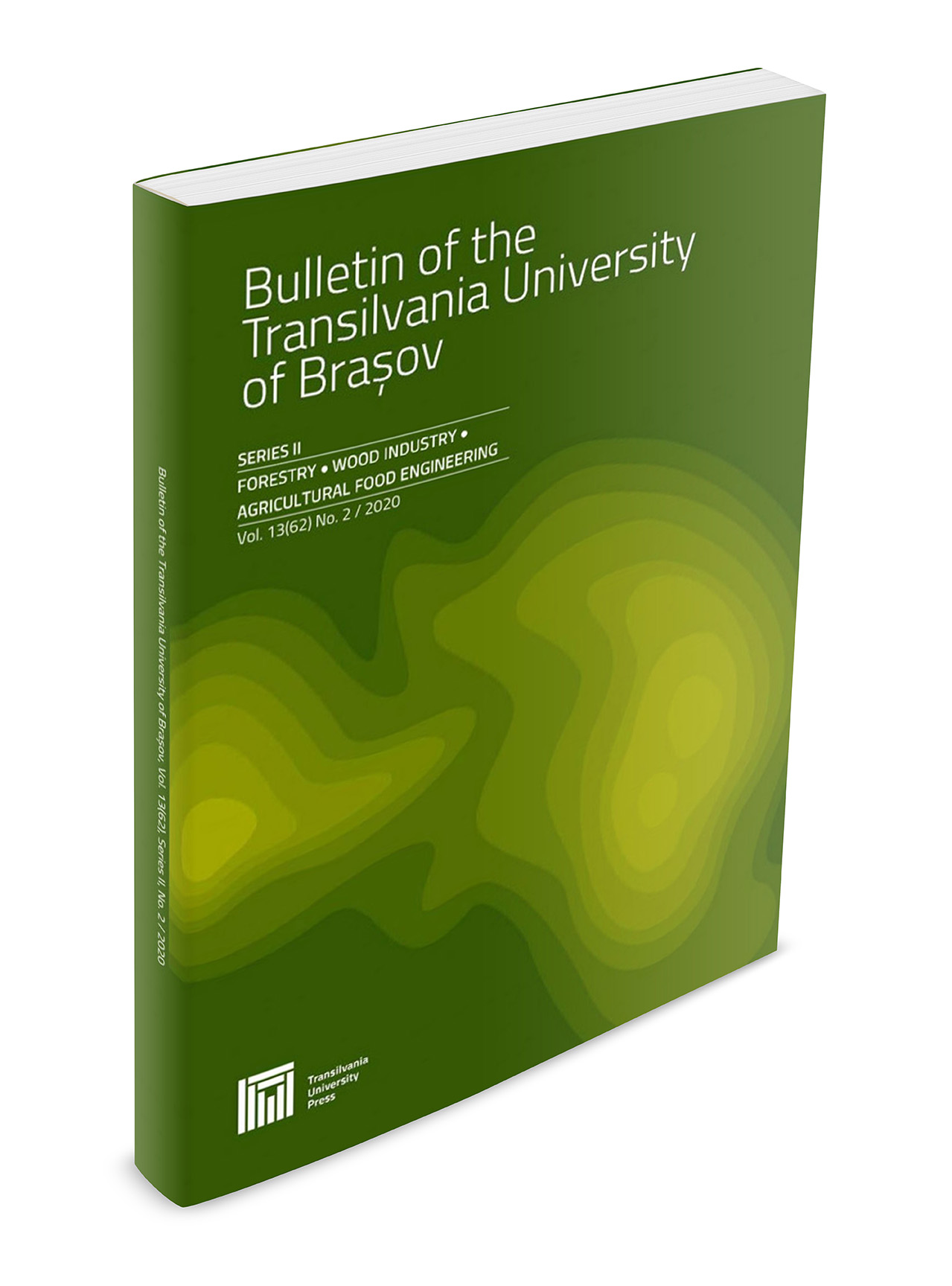Overview of most Popular Romanian Medicinal and Aromatic Plants as Potential Sources of Biomaterials
Keywords:
Medicinal and Aromatic Plants (MAPs), biomass, biomaterialsAbstract
Nowadays, human society search for a balance between multiple socio-economic forces including the consumption, overuse of resources, traditional resource depletion, climatic changes and the approach of renewable resources usage or environmental protection. Exploiting Medicinal and Aromatic Plants (MAPs) as raw material, by-products and waste derived there from, can take advantage of greater collaboration between research and industry, applying the processing systems necessary to treat large volumes of biomass characterized by specific economic values, requiring new processing technologies capable of reducing solvent consumption and increase overall environmental sustainability cycle. The category of biomaterials as raw materials, products, and waste from the processing of MAPs is a resource for obtaining: compounds (polyphenols, flavonoids, lysine, inulin, and terpenes. etc.), essential oils, substances for pharmaceutical use, dietary supplements, nutraceuticals, cosmetics, and personal care products for plant protection/crop plants. These can be used as a resource for non-food industries such as the production of biofuels, preparation of vegetable polyesters and biopolymers, rubber, and textiles. In conclusion, the use of biomaterials and MAPs subsumed them represent a direction that brings the balance to some extent sought or at least paves the way towards this balance.Downloads
Published
2018-04-24
Issue
Section
AGRICULTURAL FOOD ENGINEERING



